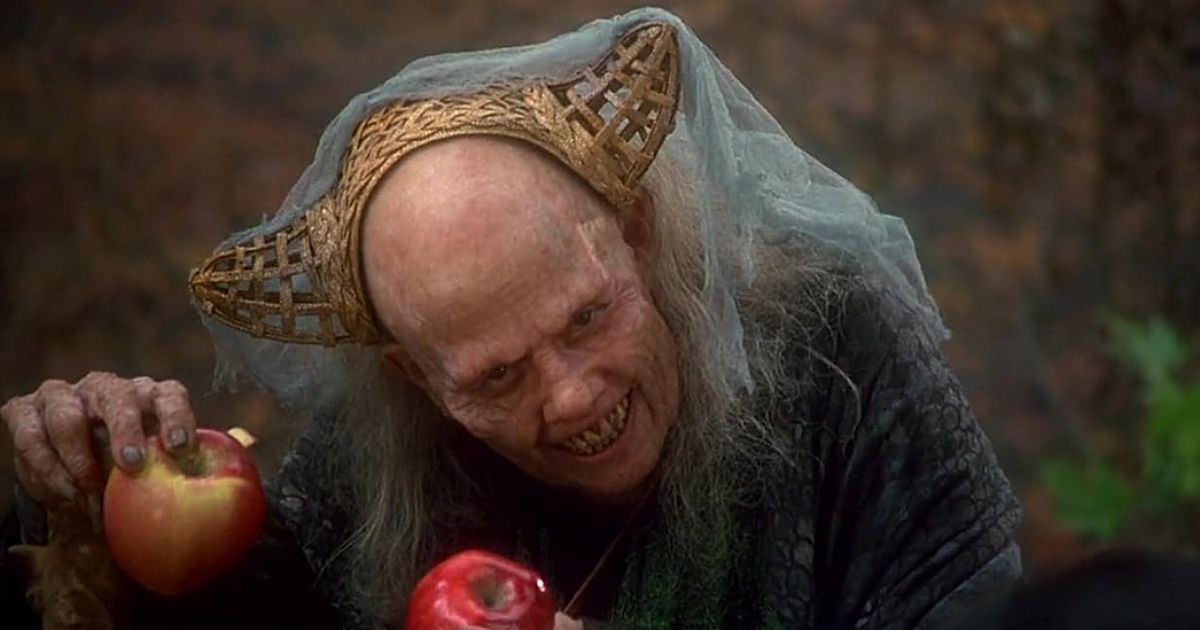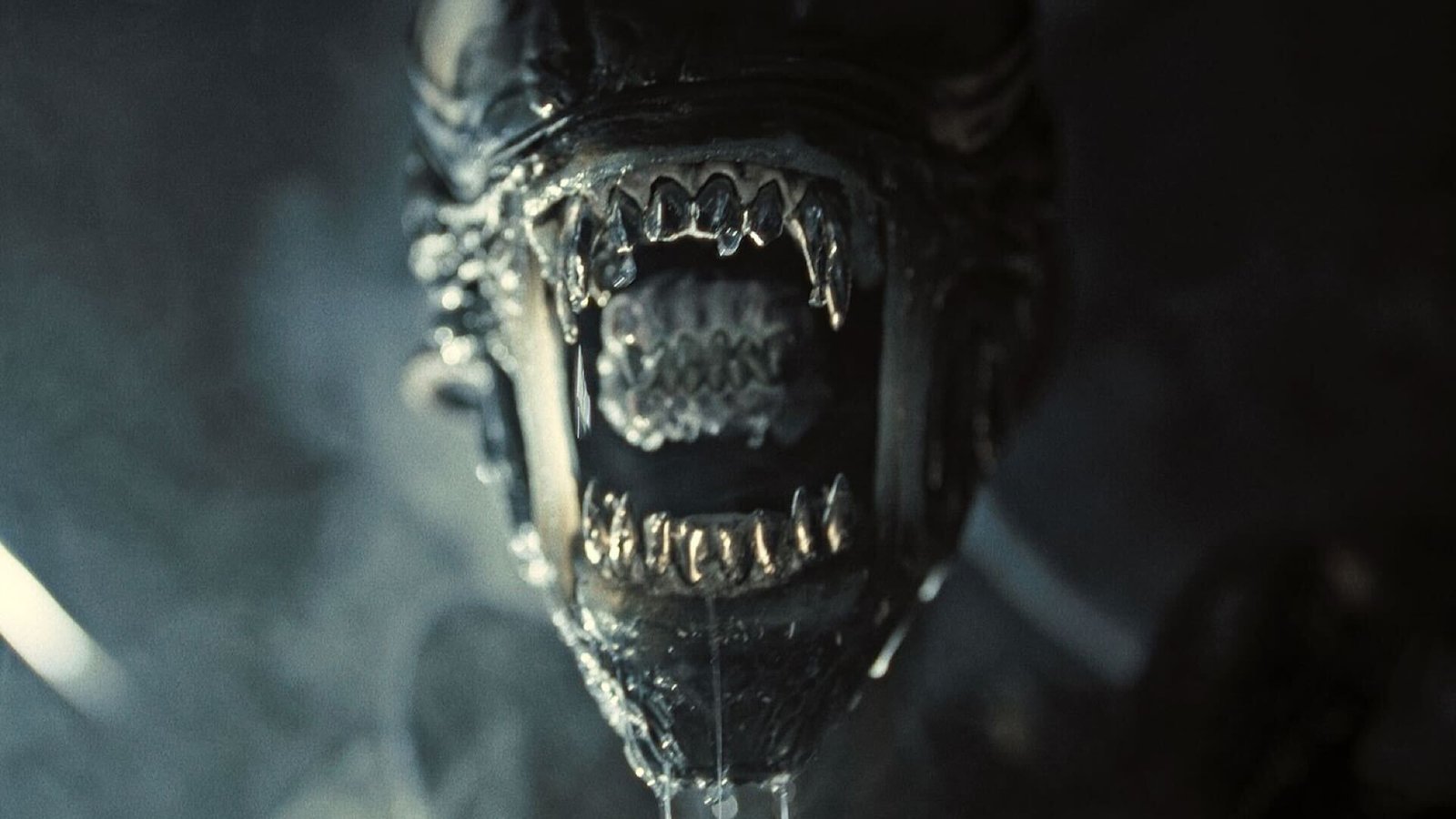Summary
- Andersen’s original Little Mermaid tale is much darker than the Disney version, featuring a gruesome and tragic ending.
- Critics debate whether the Little Mermaid’s transformation into a “daughter of the air” offers hope or is simply tragic.
- Disney has a history of adapting dark original fairy tales, such as Cinderella, Sleeping Beauty, and Pocahontas, into family-friendly films.
Disney’s 1989 animated film, The Little Mermaid, is often regarded as one of the most memorable original princess movies because it deals with a mythical creature, an underwater world, and a beautiful ending where everyone comes together as one happy community. While many can fondly think back to Ariel bringing the merpeople of Atlantica and the human world together for her iconic wedding, the original tale on which The Little Mermaid is based did not exactly end with the typical “and they all lived happily ever after.”
Back in 1837, Hans Christian Andersen originally published The Little Mermaid as part of a collection of fairy tales. At the time, Andersen considered his fairy tale content to be for children, but when actually dissecting some of his works, they read more like horror stories. As we take a look at the original fairy tale ending of The Little Mermaid, consider yourself lucky that Disney decided to heavily alter such a dark ending and allow the title character to live.
Hans Christian Andersen’s The Little Mermaid
While Disney’s The Little Mermaid took the basic foundation of Hans Christian Andersen’s The Little Mermaid, fans of the film should be grateful that certain horrific scenes were completely left out and not up for negotiation. Andersen’s story starts the same with the Little Mermaid — who does not have a proper name — wanting to become a human after seeing the world above the ocean’s surface. She, just like Ariel, saves a handsome prince from drowning and takes him to the shore, and because she has fallen so madly in love, the Little Mermaid seeks out the Sea Witch to help her become human. This is where things become much darker on paper.
When making a deal with the Sea Witch, a magical potion does not simply take her voice in exchange for giving her human legs. Instead, the Sea Witch cuts out the Little Mermaid’s tongue (leaving her speechless), and the legs she receives cause her excruciating pain with every step she takes. The Little Mermaid still seems content with the trade, and when she finds herself washed ashore with her new legs, the prince is immediately smitten by her. Unfortunately, because she is unable to communicate with him, he does not actually fall in love with her. The Little Mermaid knows that if the prince falls in love with someone else, she will perish into sea foam, just as all mermaids do when they grow to be 300 years old.
The Little Mermaid then watches the prince fall in love with another woman whom he thinks originally saved him from drowning. She feels helpless without being able to return home to her father, grandmother, and sisters, and there is no way for her to let the prince know that she is the one who he should marry. On the prince’s wedding night, the Little Mermaid’s sisters arrive with a dagger from the Sea Witch and tell her that she has to kill the prince to turn back into a mermaid and live out her days under the ocean’s surface.
The Little Mermaid ponders her new situation, but in the end, she is unable to kill the man she loves. She ends up throwing the dagger and herself off the ship, but instead of turning to sea foam, the Little Mermaid becomes a spirit-like entity known as “a daughter of the air.” In this state, the Little Mermaid would travel around the world, bringing fresh air and beautiful scents to people, and, within her 300-year lifespan, if enough good deeds were done, she would be able to rest her immortal soul in Heaven.
Scholars Debate Andersen’s Ending: Was It More Hopeful or Tragic?
Living out her days as a daughter of the air does not sound too bad, especially since she will not be alone on the journey. However, many critics and scholars have questioned how Hans Christian Andersen chose to conclude The Little Mermaid. Some felt he simply did not want to end a fairy tale for children on such a tragic note with the mermaid’s death, but others believe that the entire purpose of the story was to make it to where the Little Mermaid became a beautiful and elegant spirit.
The whole point of the Little Mermaid becoming an air spirit is so that she can earn an eternal soul and eventually join other humans in Heaven. For her to do this, she has to spend the rest of her mermaid lifespan (300 years) doing good deeds and seeking out good children who are worthy of love. If she comes across naughty children, their tears will add days to her sentencing.

20 Dark and Disturbing Fairy Tale Adaptations
Unlike their rosier and brighter counterparts, these films based on famous fairy tales are definitely not for children.
Some see this lesson as controversial for children — if they are good for their parents, then these invisible spirits will be able to go to Heaven faster, but if they are bad, then they are delaying the spirits’ eternal happiness. Andersen may have wanted to encourage children to be nicer and sweeter for their parents by incorporating this little message in the last few lines of his story, but some readers were not impressed by the sort of bribery with which his tale concludes.
Disney Has Altered Many Dark Stories
Some people may be surprised to learn that The Little Mermaid is not the only dark fairy tale that Disney has spun into a family-friendly film. In fact, there are more than a dozen magical stories that have gruesome and horrible origin stories. Cinderella, Snow White and the Seven Dwarfs, Pinocchio, Pocahontas, Sleeping Beauty, and Mulan are just a few of the popular titles that actually have horrifying original tales.



Disney: The Evolution of Princesses in Movies
From Snow White’s 2D to the live-action remakes of Maleficent, Disney’s evolution of princess stories has set the standard for animation.
In The Brothers Grimm version of Cinderella, which is actually called Aschenputtel, the young woman who was tortured and ridiculed by her family got her happily ever after, but her step-sisters met a horrible fate at her wedding where their eyes were plucked out by pigeons. In the earlier versions of Sleeping Beauty, the young maiden was sexually assaulted and gave birth to children all while in a comatose-like state. As for Carlo Collodi’s 1881 version of Pinocchio, he made the wooden boy get into some serious trouble with drinking, smoking, and lying. These stories are hard to stomach when you have been so used to everything ending on a happy note, but nothing compares to the real-life stories of a few Disney characters.
Pocahontas, for instance, is known as an independent and free-spirited Disney princess, but the real woman on whom the character was based, whose name was actually Amonute, was just a 10-year-old child when John Smith came to her land. There was no love story, and she certainly was not teaching the Englishmen how to respect her tribe.
Instead, the chief’s daughter endured sexual assault and was kidnapped before her alleged murder. Mulan is another Disney princess whose real story was significantly adjusted for the success of an animated film. In the 1675 novel, The Romance of Sui and Tang Dynasties, Hua Mulan actually returned home from the war and committed suicide because she was ordered to become her enemy’s concubine.
In all, Disney fans should take a long hard look at how the company takes real-life individuals and horrifying stories and spins them to make everything seem perfectly okay.


















